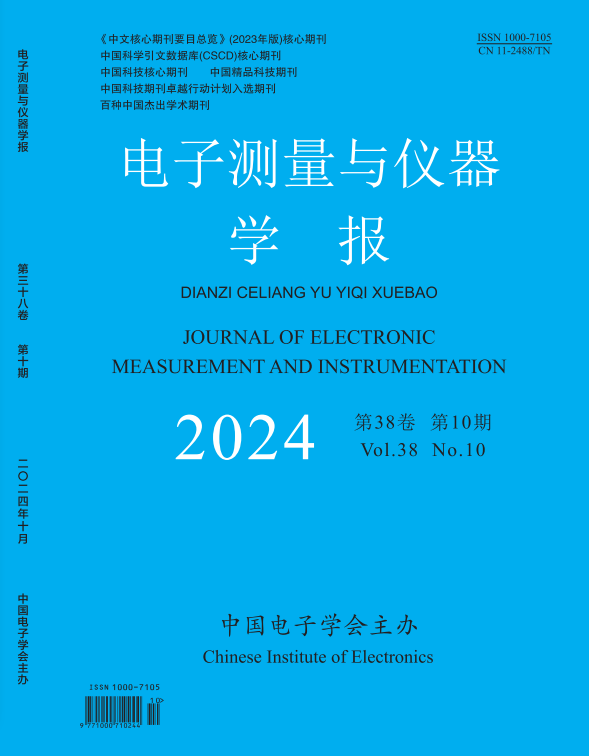Abstract:Uu is defined as the interface between UE and base station, and which undertakes the establishment, reconfiguration, release of wireless carrier service, guarantees the interconnection and intercommunication of equipment from different manufacturers. LTEAdvanced uu monitoring instruments based on the most complex protocol provide detection and inspection method for uu wireless signals and thirdparty evaluation tool for conformance testing of UE and networks. The conceptual design scheme for LTEAdvanced uu monitoring and analyzing instrument is introduced in the paper. Furthermore, the key technologies including multiuser random access, uu protocol analysis, security algorithm, carrier aggregation and multiuser behavior sensing are adopted to realize the function of L1, L2, L3 protocol analysis for LTEAdvanced uu, cross level correlation analysis, 5carrier aggregation analysis, 48user service tracing, signal processing and user behavior monitoring. All testing process accord with standard protocol flow, and the results are full agreement with the actual behavior of UE and base station. Therefore, the testing means for fault diagnostics and locating of equipment interconnection and intercommunication are provided, and it makes great sense for TDLTEAdvanced network construction and optimization.
